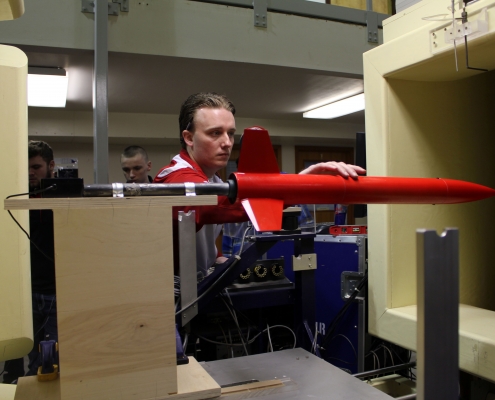
Aiming High by Reaching Out
The IIHR Wind Tunnel Annex welcomed a different crowd recently—the Cedar Falls High School Rocket Club, which is competing in the upcoming Team America Rocketry Challenge (TARC), the world’s largest student rocket contest.

Clues to Climate Change History
IIHR Associate Research Engineer Tim Mattes is part of a research team that has found clues to Earth's climate change history in a Chilean lake.
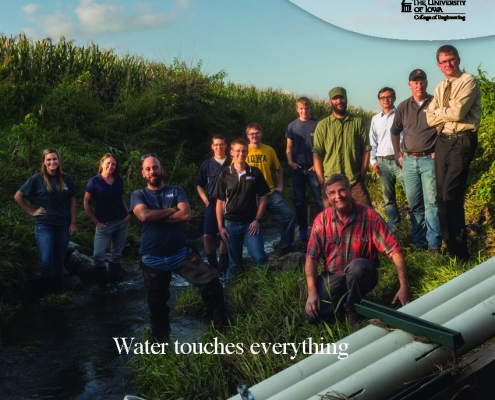
IIHR Currents: Water touches everything
The new issues of IIHR Currents is on its way!
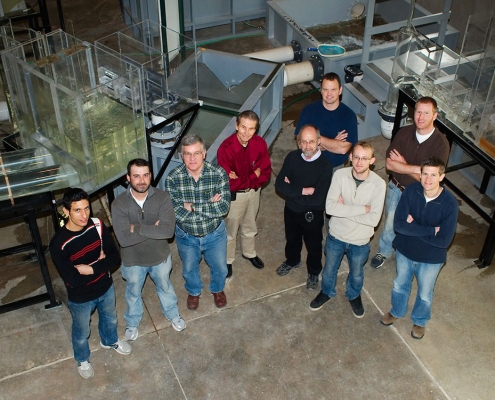
IIHR Researchers Receive ASCE Hydraulic Prize
Three IIHR researchers have been selected to receive ASCE's Hilgard Hydraulic Prize for their journal publication on the Thames Tideway Tunnels project.
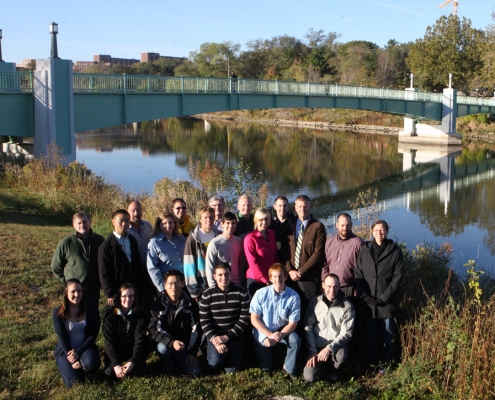 https://www.iihr.uiowa.edu/wp-content/uploads/2020/06/Floodplain-Mapping-Group.jpg
725
1000
Alec Kozakowski
https://www.iihr.uiowa.edu/wp-content/uploads/2023/02/IIHR—Hydroscience-and-Engineering-LockupStacked-RGB-300x183.jpg
Alec Kozakowski2012-01-19 01:45:412021-12-06 16:10:16Iowa Floodplain Mapping Project
https://www.iihr.uiowa.edu/wp-content/uploads/2020/06/Floodplain-Mapping-Group.jpg
725
1000
Alec Kozakowski
https://www.iihr.uiowa.edu/wp-content/uploads/2023/02/IIHR—Hydroscience-and-Engineering-LockupStacked-RGB-300x183.jpg
Alec Kozakowski2012-01-19 01:45:412021-12-06 16:10:16Iowa Floodplain Mapping Project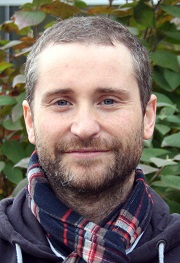
IIHR Researchers Find Toxic PCBs
IIHR researchers report dangerously high levels of toxic PCBs in the deep sediments lining the Indiana Harbor and Ship Canal (IHSC) in East Chicago, Ind. They say the discovery is cause for concern.
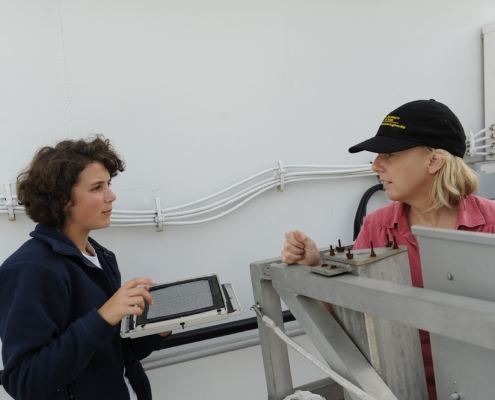
PCBs: Dredging Up a Problem
For more than a century, toxins generated by heavy industry settled to the bottom of the Indiana Harbor and Ship Canal (IHSC) in East Chicago, Ind., creating thick sludgy mud that is home to everything from heavy metals to polychlorinated biphenyls (PCBs). The U.S. Army Corps of Engineers has announced plans to dredge the canal, but the plan raises questions for scientists.
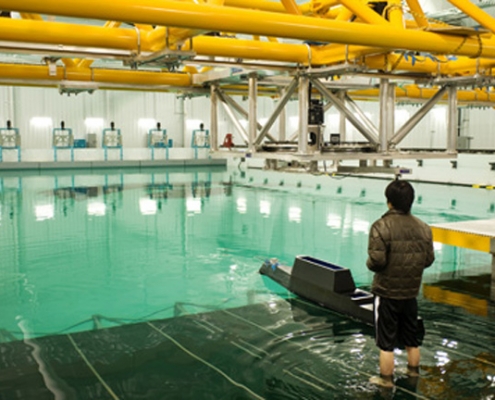
Wave Basin Supports Research
IIHR’s new $4.9 million wave basin offers research engineers the opportunity to test captive or radio-controlled model-scale navy ships under a variety of real-life conditions. The free-moving models can maneuver just like real ships. The wave basin allows measurement of local flow around a free-running model—something that’s never been done before.

